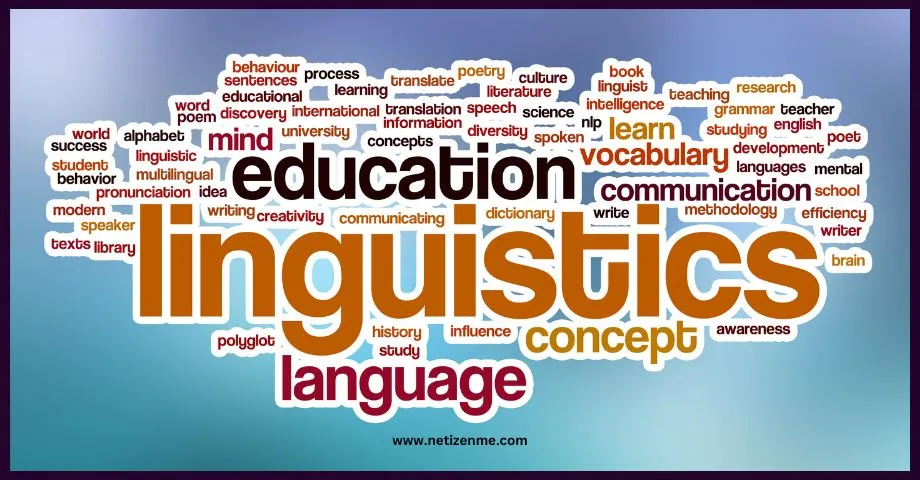Linguistics, the scientific study of language, provides insights into the complex systems and structures that shape human communication. This article serves as an accessible introduction to the fundamentals of linguistics, explaining key concepts and shedding light on its practical applications. By prioritizing everyday language and adopting an engaging tone, we aim to demystify linguistics and inspire a deeper appreciation for the intricacies of language.
Introduction to Linguistics: Understanding the Basics
What is Linguistics?
- Linguistics is the scientific study of language, encompassing its structure, usage, and evolution.
- It investigates sounds (phonetics and phonology), word formation (morphology), sentence structure (syntax), meaning (semantics), and language variation (sociolinguistics).
- Linguists explore how individuals and communities acquire, process, and use languages.
The Importance of Linguistics:
- Linguistics helps us understand the universality and diversity of human language, providing insights into the cognitive, social, and cultural aspects of communication.
- It aids in language preservation, endangered language documentation, and language revitalization efforts.
- Linguistics informs fields such as education, translation, speech therapy, artificial intelligence, and cross-cultural communication.
Key Concepts in Linguistics:
- Phonetics: Study of speech sounds and their physical properties.
- Phonology: Analysis of sound patterns and rules governing their organization.
- Morphology: Examination of word formation, including prefixes, suffixes, and root words.
- Syntax: Investigation of sentence structure and grammatical rules.
- Semantics: Analysis of meaning in language, including word meanings and how they relate to context.
- Sociolinguistics: Study of language variation and its relationship to social factors.
Practical Applications of Linguistics:
- Language Teaching: Linguistics informs language teaching methodologies, helping educators understand how learners acquire and process languages.
- Speech and Language Pathology: Linguistic research assists in diagnosing and treating communication disorders.
- Translation and Interpretation: Linguistic analysis aids in accurate translation and interpretation across languages.
- Natural Language Processing: Linguistics is vital in developing computer systems that can understand and process human language.
Fascinating Linguistic Facts:
- Mandarin Chinese is the world’s most spoken language, followed by Spanish and English.
- There are approximately 7,000 languages spoken worldwide, but half are at risk of extinction.
- The Pirahã language, spoken by an indigenous group in Brazil, has no words for numbers.
- The International Phonetic Alphabet (IPA) represents the sounds of human language.
Basics of linguistics
Linguistics offers a fascinating exploration into the intricacies of human language, shedding light on how we communicate, think, and interact. By understanding the basics of linguistics, we gain valuable insights into language structure, usage, and evolution, fostering a deeper appreciation for the power and beauty of language. Whether it’s language teaching, speech therapy, translation, or technological advancements, linguistics continues to shape our understanding of communication and its impact on society.
This article is written by:
Chenayah enjoys exploring and writing about her passions, including languages and travel. She leverages her diverse educational background in Business, Psychology, and Linguistics to enrich her writing endeavors.




